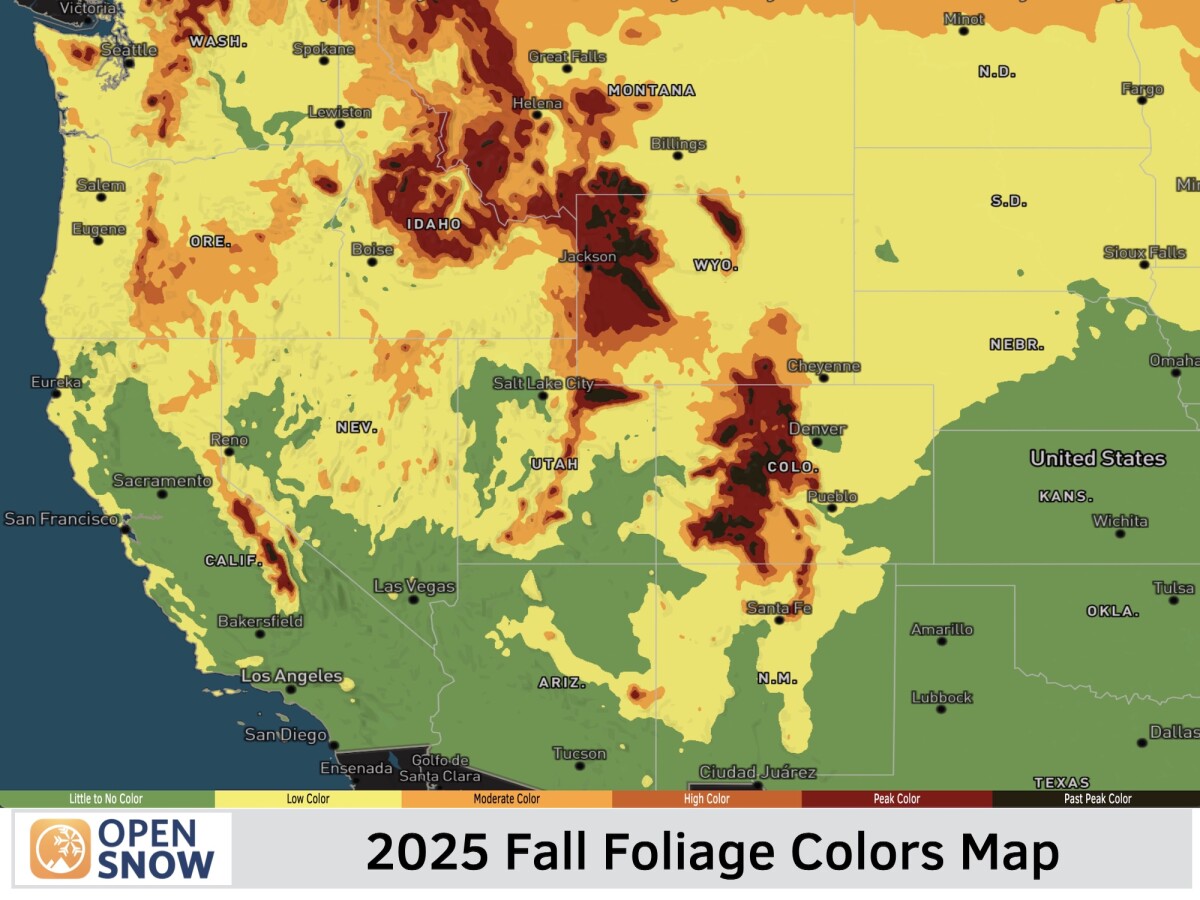News

By Zach Butler, Meteorologist Posted 1 year ago July 8, 2024
Hurricane Beryl - Past and Future Timeline
Hurricane Beryl made landfall on the Texas coast as a Category 1 hurricane on Monday, July 8, 2024. Beryl will continue to weaken and bring impacts across the US with flooding and severe weather. Beryl has made history on its path to the US, becoming the earliest Category 5 hurricane on record. Let's look at the timeline Beryl has taken and the upcoming impacts in the US.

Hurricane Beryl Timeline
Saturday, June 29 through Monday, July 1
Beryl originated on Saturday, June 29, 2024 in the Atlantic Ocean north of South America and east of the Caribbean. Beryl quickly strengthened from a tropical storm on the morning of June 29 to a Category 1 hurricane by the evening of June 29. This rapid intensification was a sign of things to come.
Beryl continued to move over very warm ocean temperatures (>28 Celcius or >82 Fahrenheit) and rapidly strengthened to a Category 4 hurricane on June 30. On June 30, Beryl made history as the earliest Atlantic Ocean Category 4 hurricane on record. The old record was Dennis on July 8, 2005.
On July 1, Beryl impacted the first land in the way of the eastern Caribbean islands. The eye of Beryl passed directly over Carriacou and affected other nearby islands of St. Vincent and Grenada. Beryl was the first Category 4 hurricane to pass over these islands in recorded history.
Tuesday, July 2 through Friday, July 5
Beryl was not done yet and continued to strengthen into a Category 5 storm on Tuesday, July 2, becoming the earliest Atlantic Ocean Category 5 hurricane on record. The old record was Emily on July 17, 2005.
Beryl was strengthening so quickly because of a favorable environment with two main causes
- Above normal Atlantic Ocean sea surface temperatures
- Low wind shear
Warmer ocean temperatures cause more evaporation of ocean waters and allow the atmosphere to hold more moisture. This helps hurricanes grow bigger and stronger faster.
Wind shear is how the wind changes speed and direction with height. Low wind shear is when there is little change in wind speed and direction with height, which is favorable for hurricane development and strengthening.
Below is a look at the sea surface temperature (SST) anomalies on July 7, 2024.

These high ocean temperatures are smashing records for this time of year and are expected to stay well above normal through the hurricane season. Below is a look at the ocean heat content from 2013-2023 with this year 2024 highlighted in red.

As Beryl tracked northwest, it made landfall in Jamaica on Wednesday, July 3. Beryl was downgraded to a Category 4 hurricane at the time of landfall due to increased wind shear. Beryl is the fourth Category 4+ hurricane to affect Jamaica since 1851 with the three others being: Dean 2007, Ivan 2004, and Gilbert 1988.
After impacting Jamaica, Beryl continued to encounter high wind shear, which weakened the storm. Beryl was downgraded to a Category 2 storm as it impacted the Yucatan Peninsula in Mexico on Friday, July 5.
Saturday, July 6 through Monday, July 8
On Saturday, July 6, Beryl reached the Gulf of Mexico and was forecasted to impact the Texas coast over the coming days. Wind shear was still high over the Gulf of Mexico but forecasted to lower near the coast. This kept Beryl as a tropical storm until briefly strengthening to a Category 1 hurricane as it impacted the Texas coast on Monday morning, July 8.
Beryl made a historic track for a hurricane this early and did so because of very warm ocean temperatures and low wind shear for the majority of its path. Another historic metric Beryl broke was the Accumulated Cyclone Energy (ACE) with an index of 35.
- ACE refers to the collective strength and duration of Atlantic tropical storms and hurricanes occurring during a given season.
The ACE of 35 in 2024 is the highest ACE this early in the season on record. The ACE of 35 this year normally occurs on August 31, indicating how strong Beryl was and how active this hurricane season is forecasted to be.
Beryl was a historic storm, impacting several areas, and will continue to impact the US over the coming days. Check out the path of Beryl with hurricane categories and future track through the central US highlighted.

Big thanks to Brian McNoldy and Philip Klotzbach for the statistics and graphics above.
Landfall in Texas and Upcoming Forecast
Beryl made landfall near Matagorda, Texas on the morning of July 8 as a Category 1 hurricane with sustained winds of 70 mph with gusts up to 92 mph. These winds along with a storm surge (up to 5 feet) along the coast are bringing life-threatening conditions to the coast of Texas. Additionally, Beryl is bringing heavy rainfall of 4-8+ inches with isolated tornados as well.
Beryl has weakened to a tropical storm as of Monday afternoon on July 8 and will continue to weaken into Tuesday, July 9. The storm will track through the center of the country and continue to bring gusty winds (30-60 mph) with heavy rain and strong storms. Isolated storms will continue to bring a tornado threat as well and cause localized flash flooding.
Tornadoes often occur in hurricanes because of wind shear. Increased wind shear causes tropical cyclones to weaken but can also cause tornadoes. Tornadoes form because of increased wind speed and direction changes with height. This creates a spin in the atmosphere, which allows tornadoes to develop. 5 tornadoes have already been reported in Texas and Louisiana on Monday, July 8.
Below is a look at the forecasted rainfall through the southern US. Locally higher amounts of rain in thunderstorms are likely.

The remnants of Beryl will continue to track northeast and reach the Northeastern US on Wednesday, July 10 with strong storms and heavy rain. Beryl will have lost its tropical characteristics but still bring gusty winds with a tropical feel and tropical threats to the US and southern Canada.
Thanks for reading.
Zach Butler
About The Author




